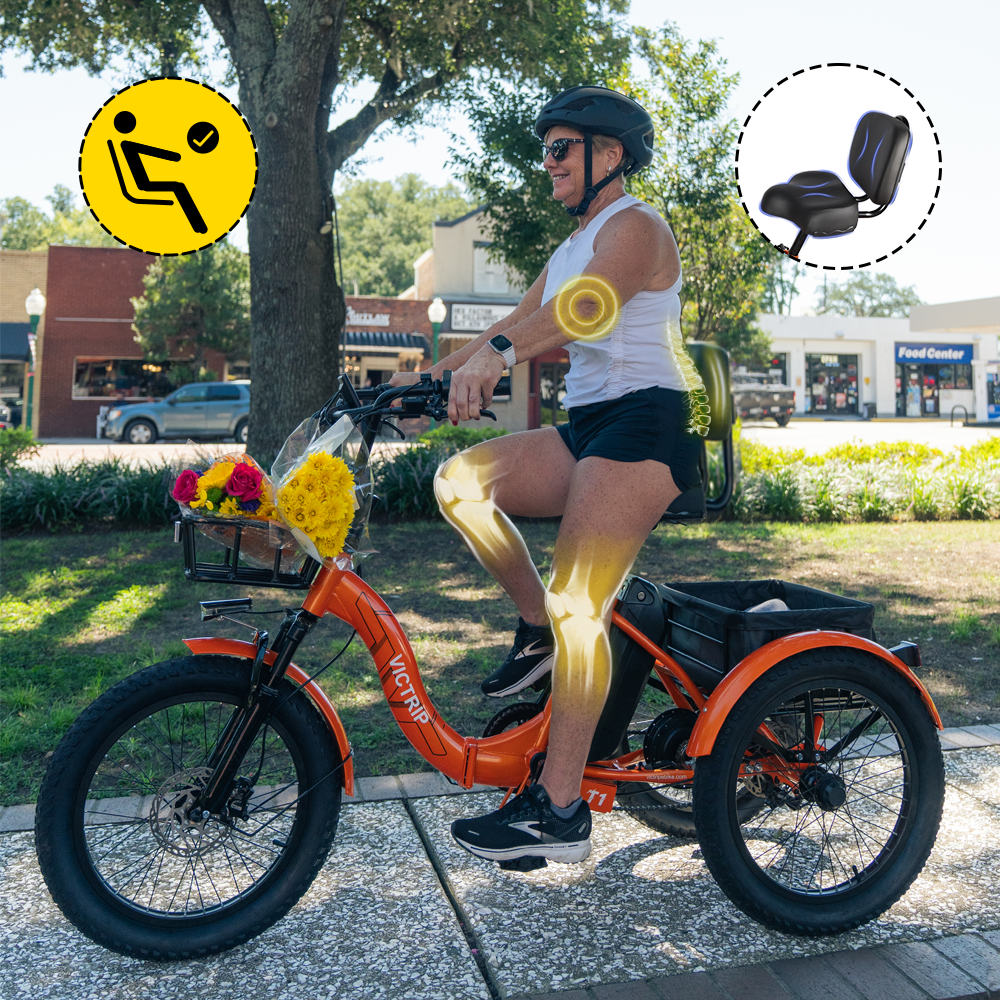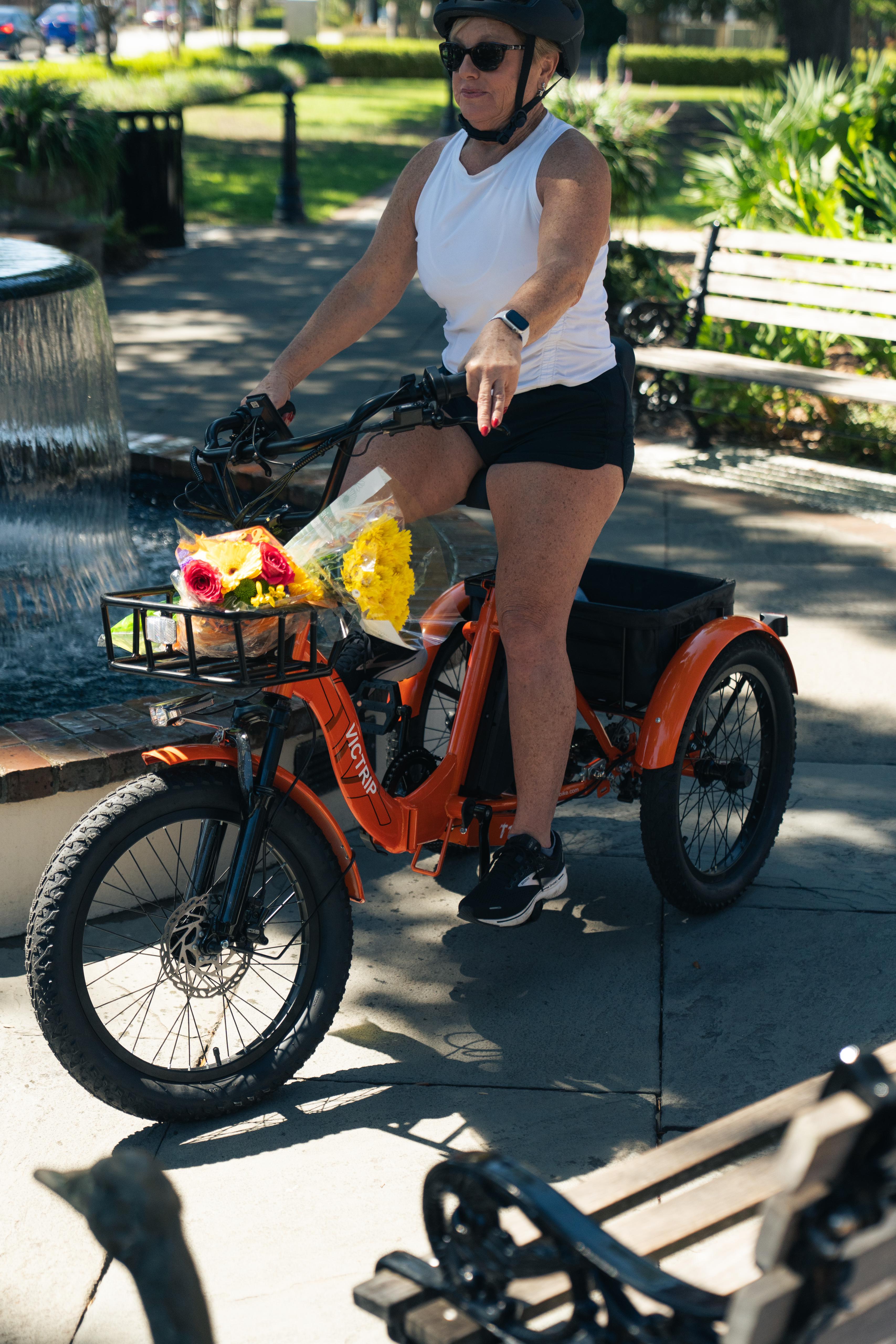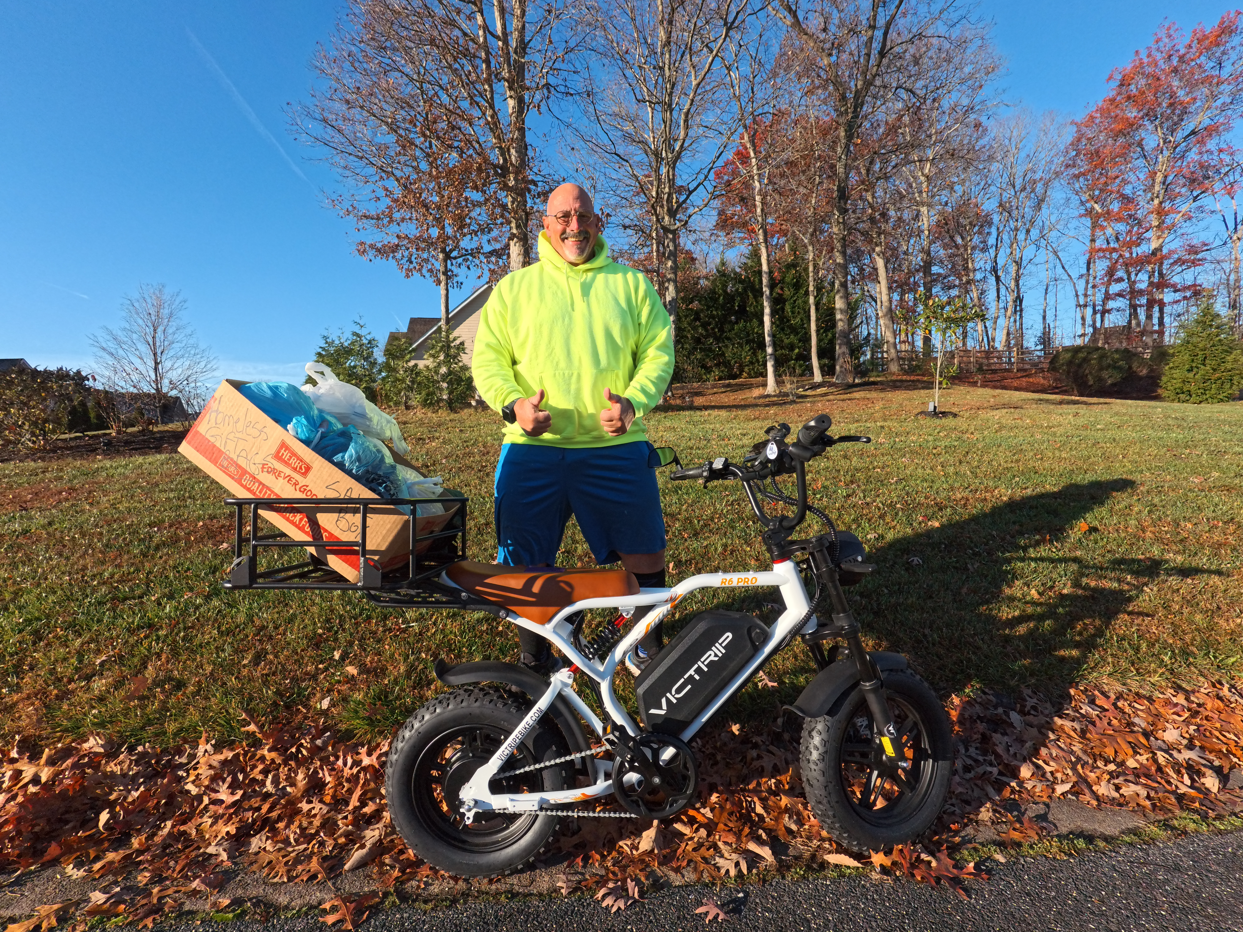
Thinking of diving into the world of eBikes? You're not alone. These compact, electric-powered wonders are changing the way we commute, explore, and even exercise. But here’s the twist—should you go with a full-suspension or a hardtail eBike?
Choosing between these two isn’t just a coin toss. It’s about understanding your terrain, comfort needs, and riding style. Let’s break it all down.
Understanding Folding eBikes
What is a Folding eBike?
A folding eBike is exactly what it sounds like—an electric bicycle that folds into a compact size, allowing for easy storage and transportation. It’s perfect for commuters, RV travelers, and apartment dwellers.
Benefits of Folding Electric Bikes
-
Easy to carry on public transport
-
Fits in car trunks or closets
-
Great for multi-modal commuting
-
Compact without sacrificing power
What Is a Hardtail eBike?
Basic Definition
A hardtail eBike features a suspension fork at the front but has a rigid rear—hence the name “hardtail.”
Key Components
-
Front suspension fork
-
Rigid rear triangle
-
Lightweight frame
-
Simple drivetrain
Pros of Hardtail eBikes
-
Lighter than full-suspension models
-
Lower cost
-
Less maintenance required
-
Efficient pedaling on flat terrain
Cons of Hardtail eBikes
-
Rough ride on rocky trails
-
Less comfortable over long distances
-
Limited off-road capabilities
The VICTRIP R6 is a standout choice in the hardtail category. It’s lightweight, efficient, and ideal for city commuters or anyone needing a powerful, compact eBike with minimal maintenance. Its streamlined design doesn’t compromise on battery life or power, making it a reliable partner for everyday rides.
What Is a Full-Suspension eBike?
Basic Definition
A full-suspension eBike includes both front and rear suspension systems, offering more comfort and better shock absorption.
Components Involved
-
Suspension fork (front)
-
Rear shock absorber
-
Reinforced frame design
-
Often slightly heavier
Advantages of Full-Suspension eBikes
-
Smooth ride on bumpy terrain
-
Better control and traction
-
Less fatigue on long rides
-
Ideal for trail or mountain riding
Drawbacks of Full-Suspension eBikes
-
Heavier and bulkier
-
More expensive
-
Requires more maintenance
The VICTRIP Surnat N12 offers full-suspension performance with a robust frame, advanced shock absorption, and high battery capacity. Whether you're navigating mountain trails or uneven rural roads, this eBike provides comfort, control, and exceptional endurance—all while down for easy transport and storage.
Performance Comparison
Terrain Handling
Full-suspension wins hands down on trails, rocky paths, and dirt roads. If you’re sticking to paved streets, a hardtail might be all you need.
Shock Absorption
Full-suspension absorbs both front and rear shocks, giving your spine a break. Hardtails? Not so much.
Speed and Pedaling Efficiency
Hardtails are more efficient when it comes to pedaling, especially on smooth terrain. The rigid rear means more of your pedaling power goes straight to the wheels.
Portability and Weight Differences
Hardtails are significantly lighter and easier to fold. Full-suspension models often require extra effort and space when packing up.
Comfort and Ride Quality
Which One’s Easier on Your Back?
Full-suspension is your best friend on rough roads. It cushions bumps like a luxury car, while hardtails feel more like an old-school pickup.
Long-Distance Riding Experience
If you plan on riding 10+ miles a day or venturing into nature trails, full-suspension will keep your muscles and joints happier.
Maintenance and Durability
How Each Handles Wear and Tear
Hardtails have fewer moving parts, which means fewer potential breakdowns. Full-suspension bikes, with more components, are more prone to wear.
Maintenance Frequency and Cost
Full-suspension setups require regular tuning of shocks and linkages. Hardtails? Just keep the chain lubed and tires inflated.
Cost Comparison
Entry-Level Pricing
You can grab a decent hardtail eBike for under $1,000. Full-suspension? Expect to spend at least $1,500+ for quality.
Long-Term Value for Money
Full-suspension bikes might cost more upfront, but they can offer more value for adventure seekers and daily riders alike.
Use-Case Scenarios
Best Choice for Commuters
Hardtail eBikes are king for city commutes: lightweight, nimble, and easy to fold under your desk.

Best for Off-Road Adventurers
Full-suspension models dominate trails, muddy roads, and unpredictable terrain.
Urban vs Rural Riding
Urban = hardtail. Rural or mixed-terrain = full-suspension. Easy math.
Portability & Storage
Which Folds Better?
Hardtails usually fold faster and into a tighter package. Full-suspension eBikes may have extra bulk due to the rear shock.
Weight and Storage Space Considerations
If you’re tight on space, hardtails offer a clear advantage. They’re often 5–10 pounds lighter and take up less room.
Battery Life and Motor Power
How Suspension Impacts Battery Efficiency
Full-suspension bikes might use more power due to added weight and drag from the rear shock. Hardtails are more efficient in this department.
Performance Under Load and Terrain
Going uphill on rocky trails? Full-suspension helps keep traction and stability. Hardtails may struggle with grip and comfort.
Which Type Is Best for You?
Decision-Making Checklist
-
Commuting in the city → Go hardtail
-
Hitting trails on weekends → Full-suspension
-
Limited storage space → Hardtail
-
Prioritize comfort → Full-suspension
Beginner vs Experienced Rider
New to eBikes? Start with a hardtail. Seasoned rider or thrill-seeker? You’ll love a full-suspension model.
Conclusion
So—full-suspension vs hardtail eBikes, which should you choose? It all boils down to where and how you ride. For the urban commuter, a hardtail is light, efficient, and affordable. For those craving adventure and comfort, full-suspension is the way to go. Whatever your choice, both styles open up a world of convenience, speed, and eco-friendly travel.
FAQs
Is a full-suspension eBike good for beginners?
It depends on your riding goals. They’re great for comfort but can be heavier and more expensive. Beginners might prefer hardtails.
Are hardtail eBikes more efficient for commuting?
Yes, especially on smooth pavement. They’re lightweight and let you maximize pedaling power.
How much heavier is a full-suspension eBike?
Typically 5 to 10 pounds more than hardtail models, depending on materials and motor size.
Do eBikes lose performance over time?
Not if properly maintained. Keep the battery, chain, and suspension components in good condition, and you’re good to go.




Share:
Are Electric Trikes Street Legal in the US?
Understanding Wattage: 250W vs 500W vs 750W EBikes